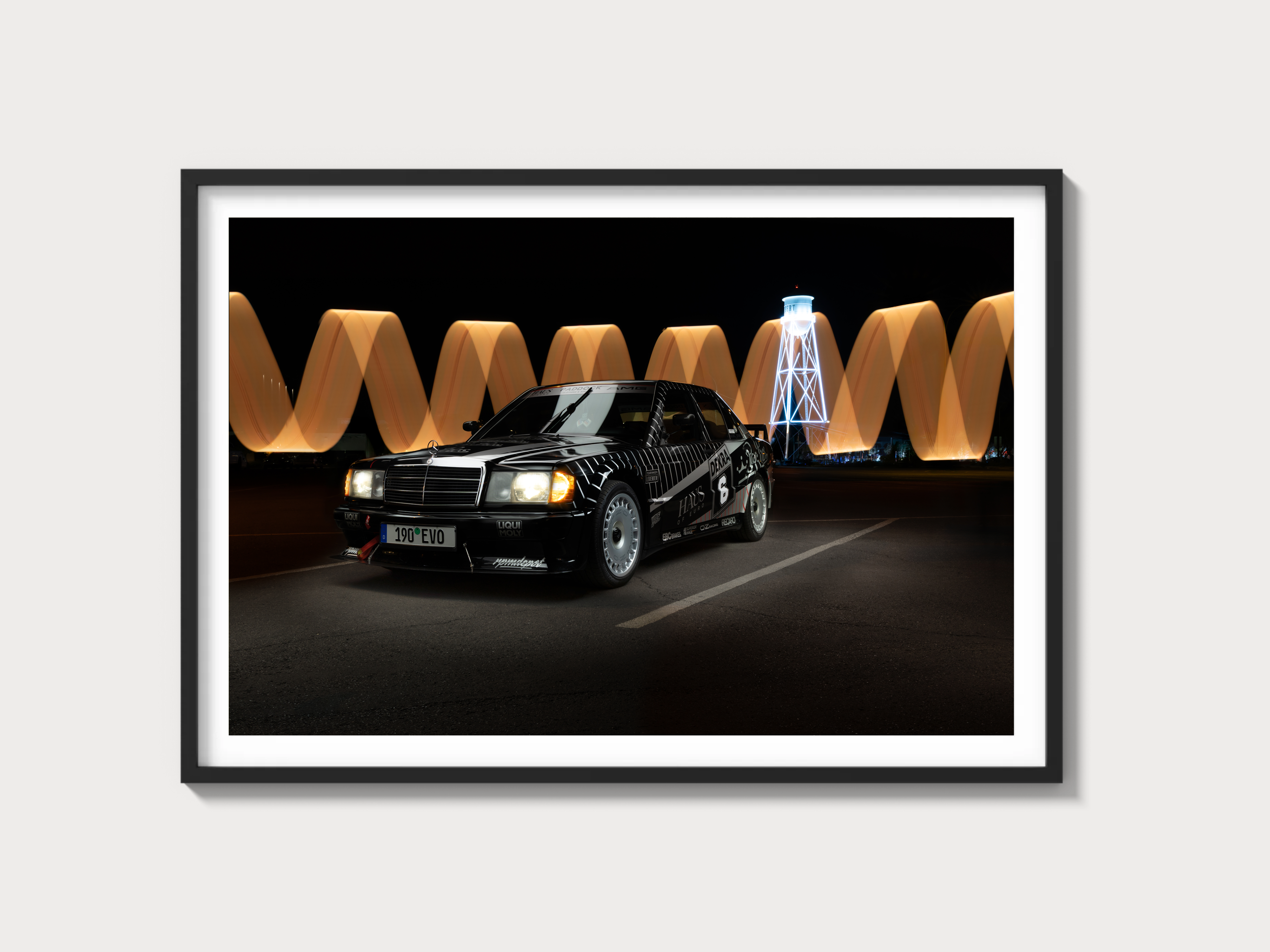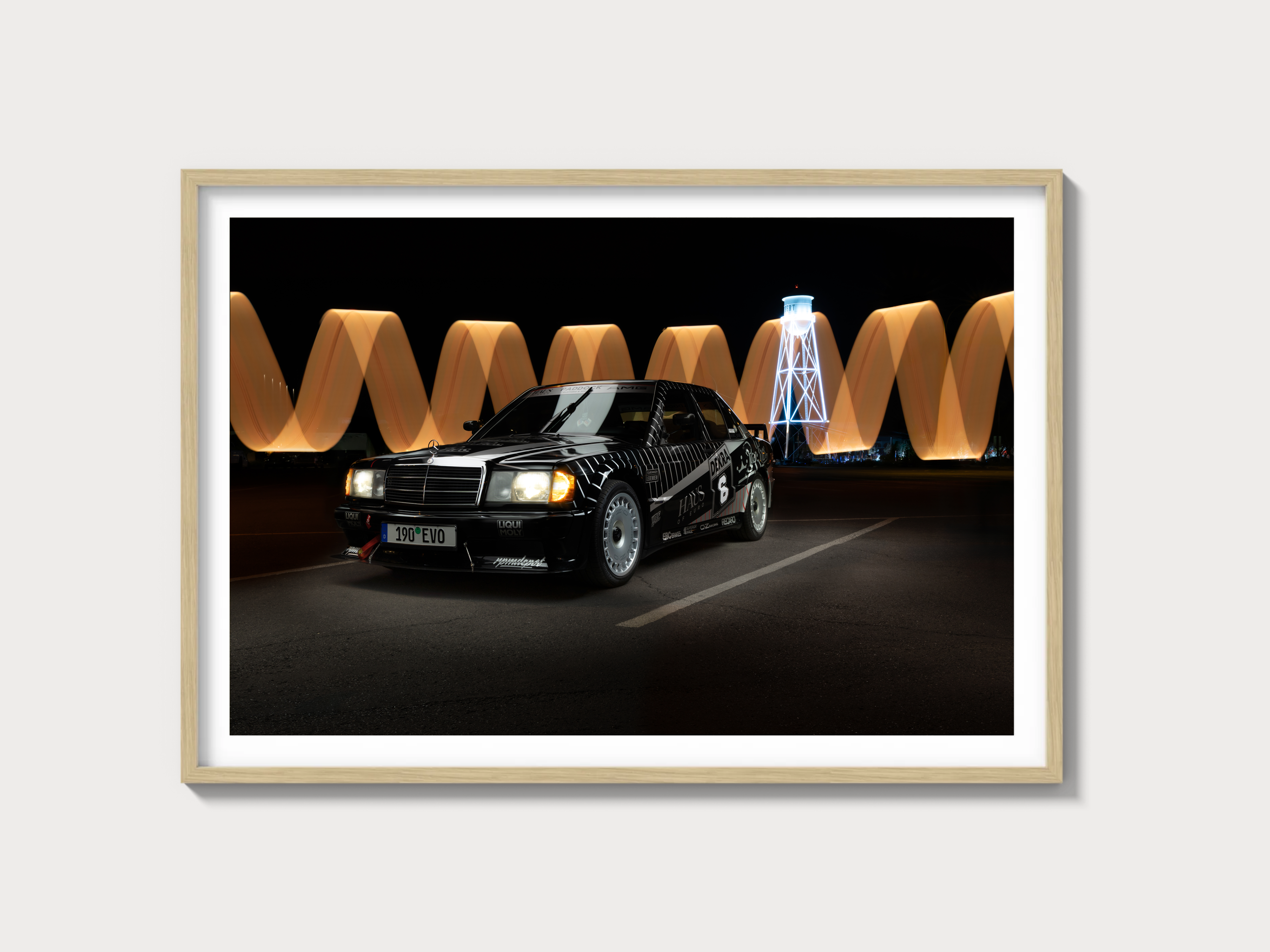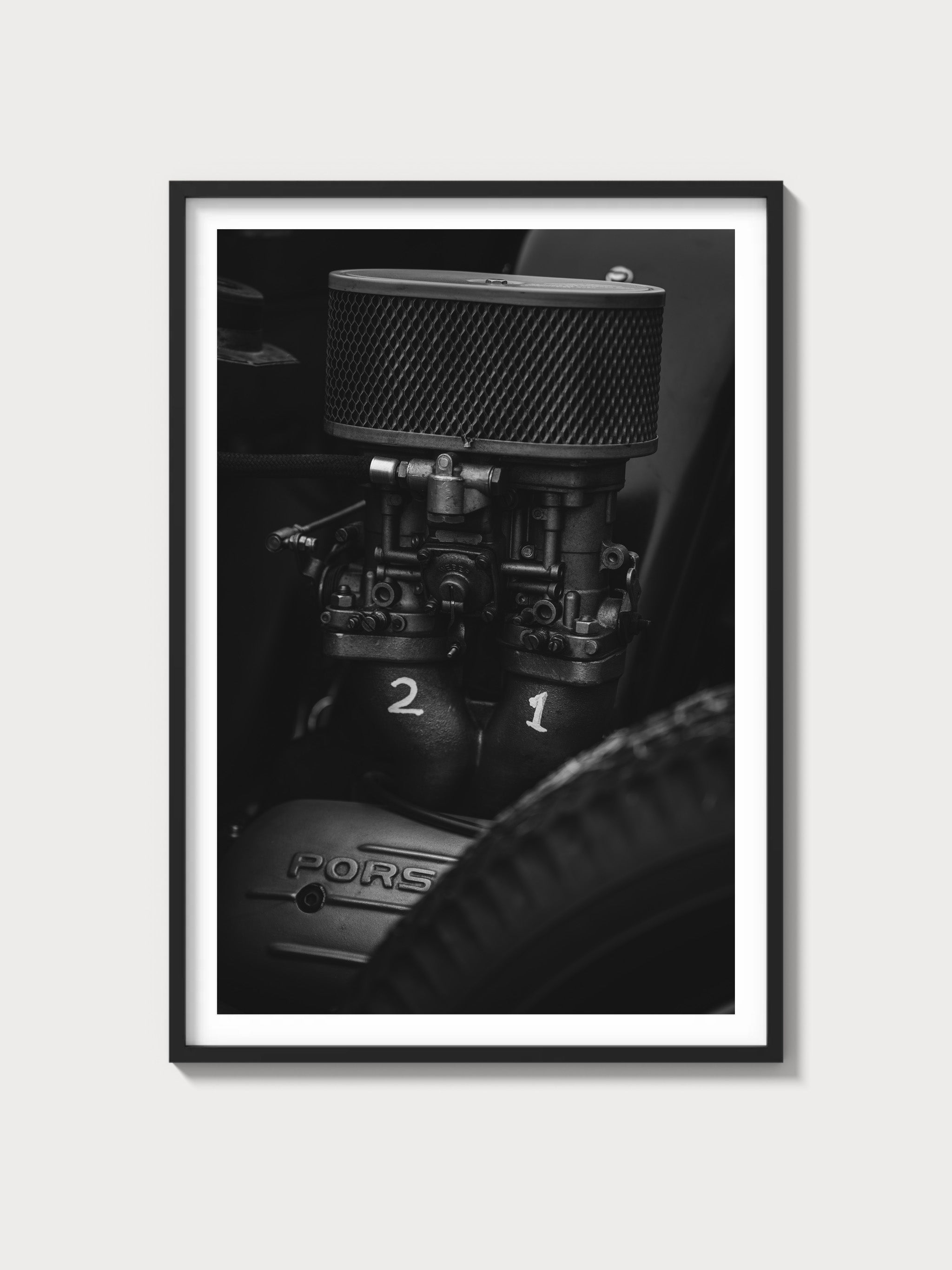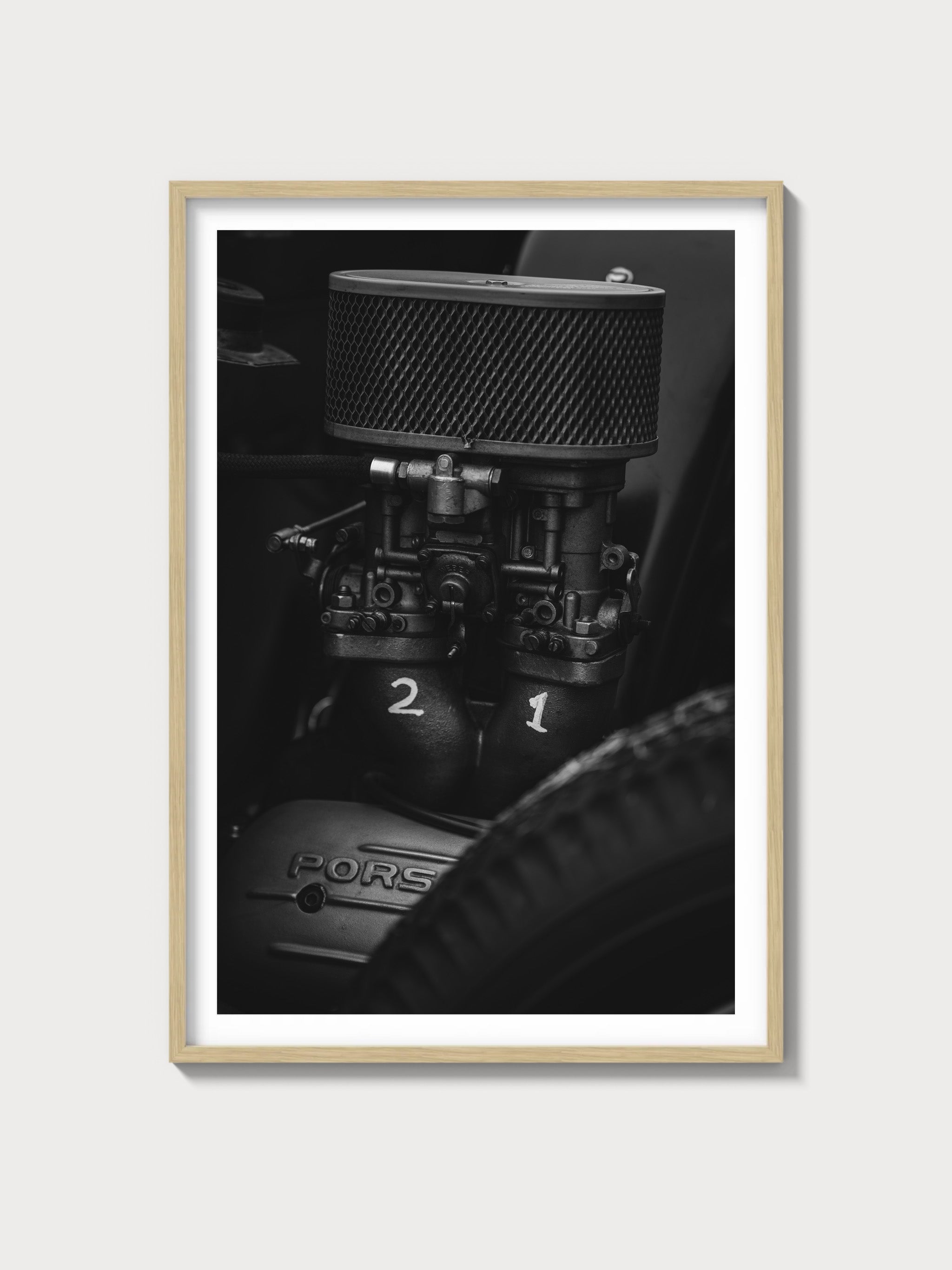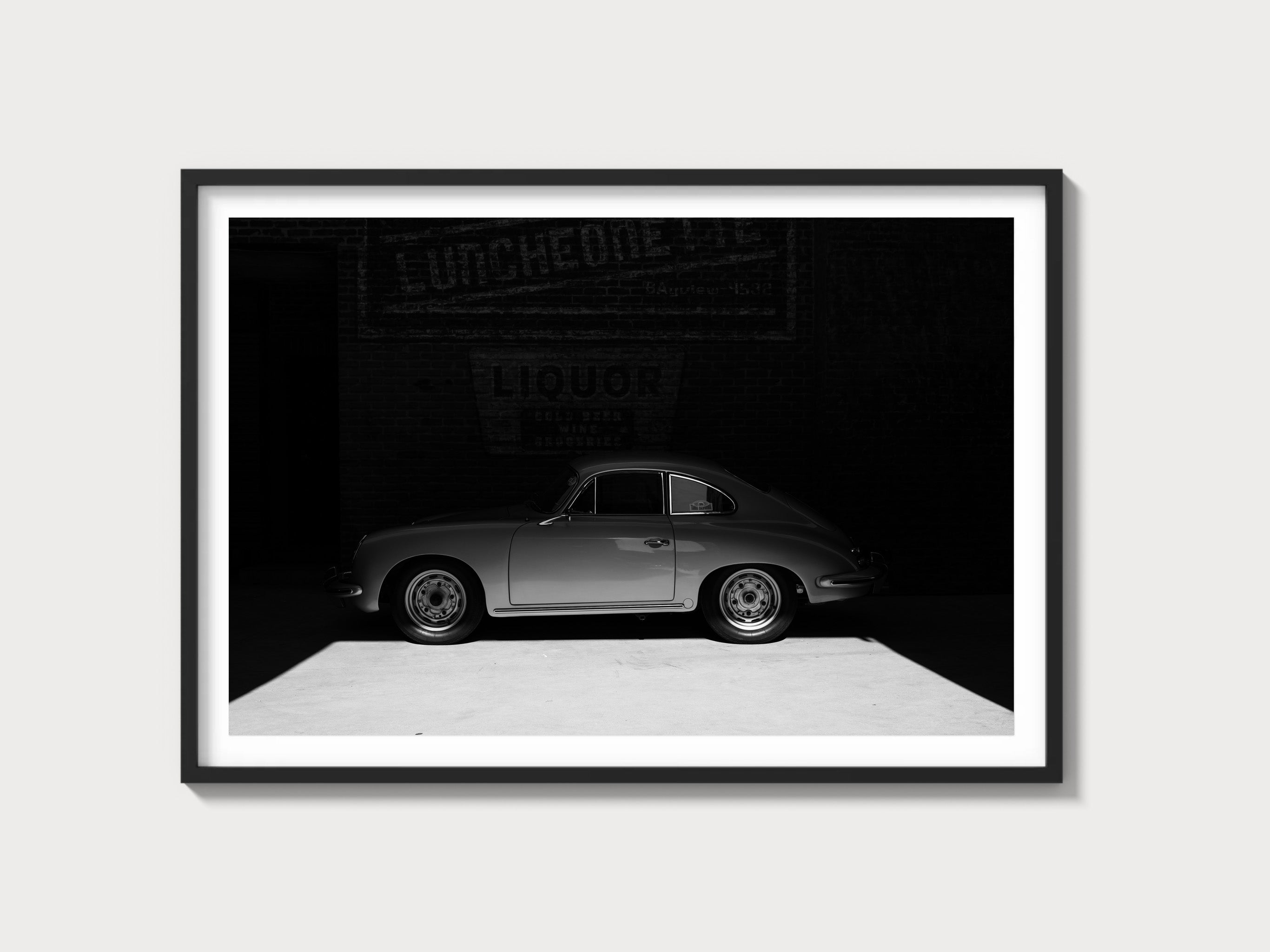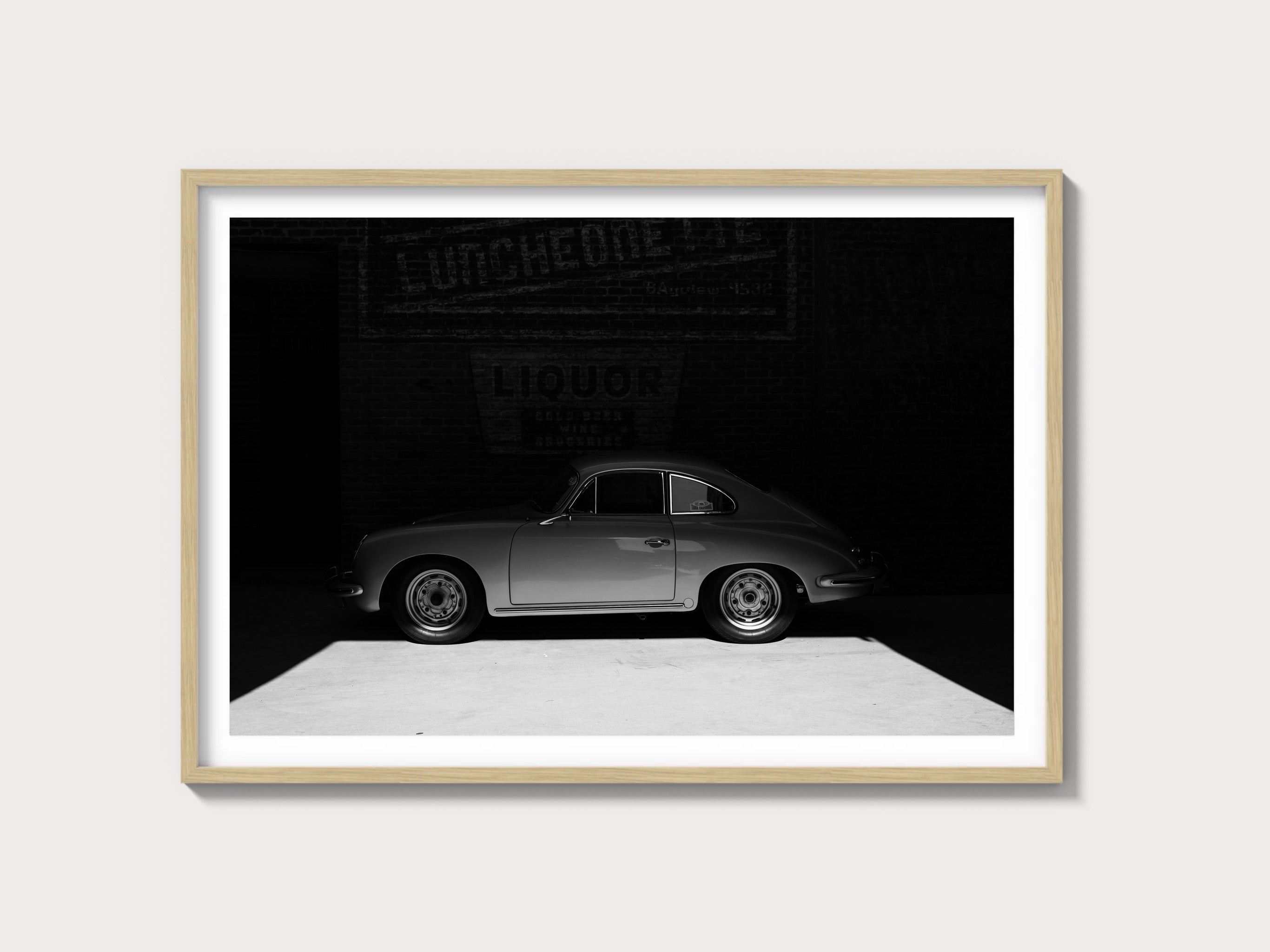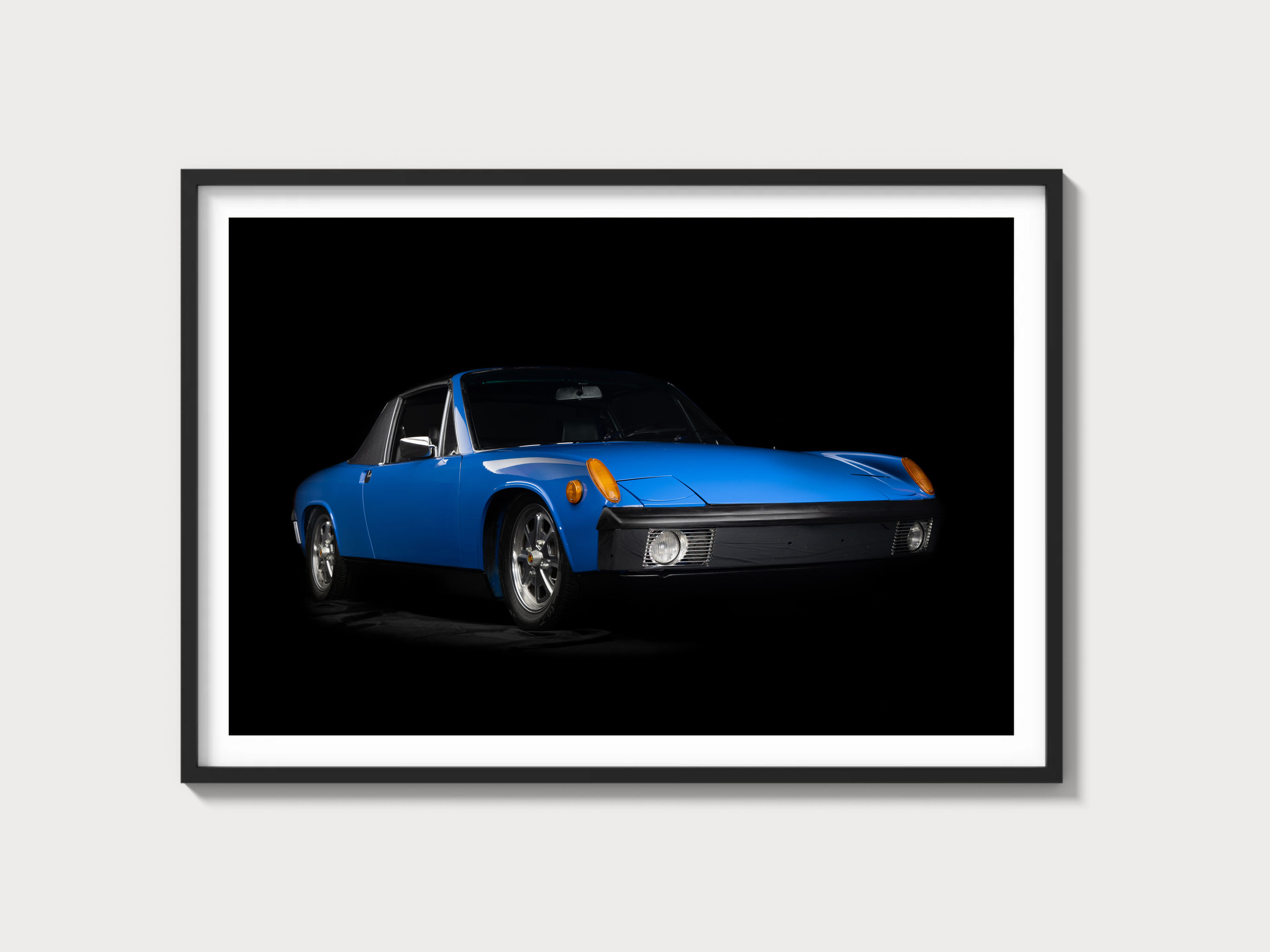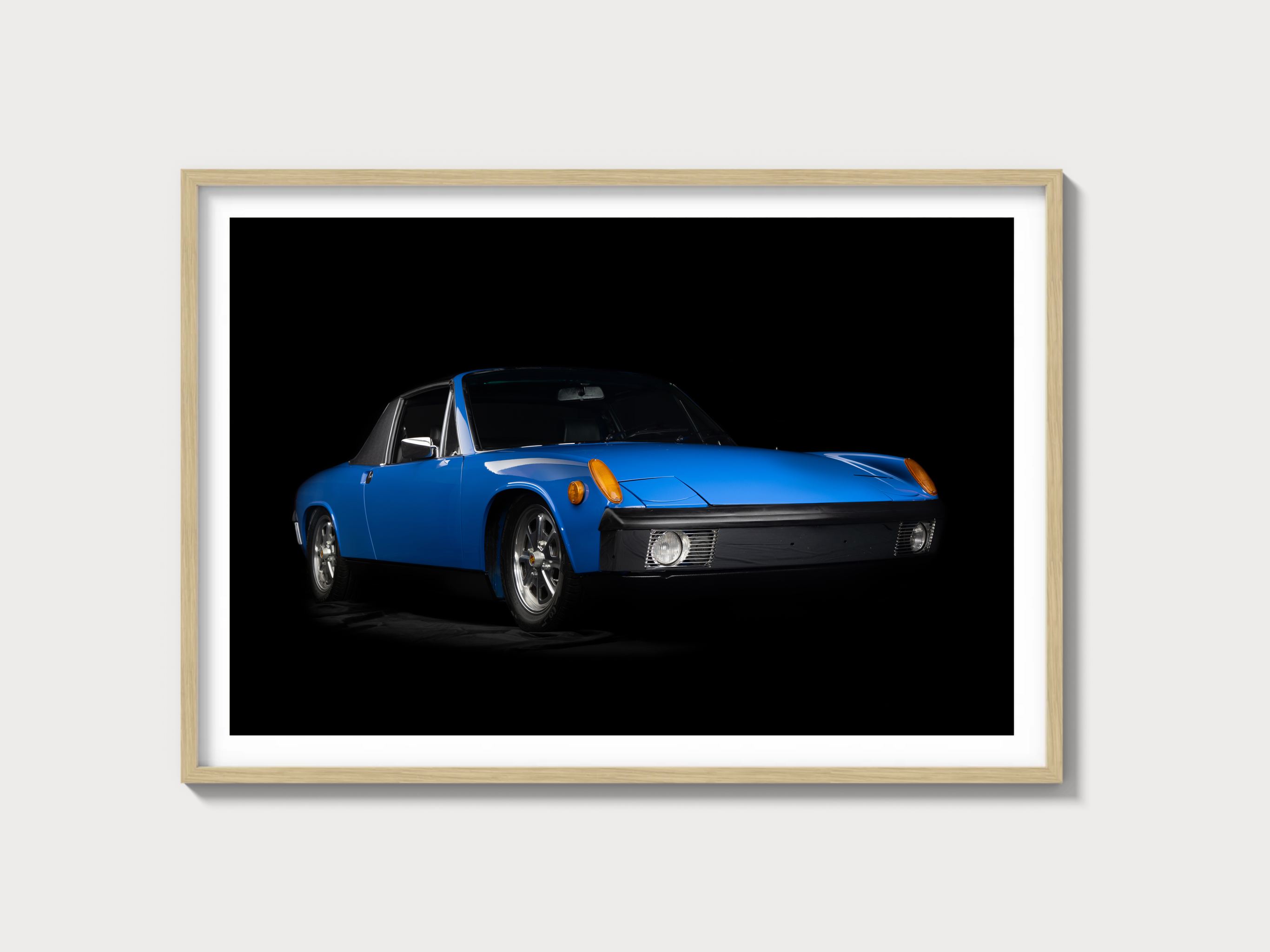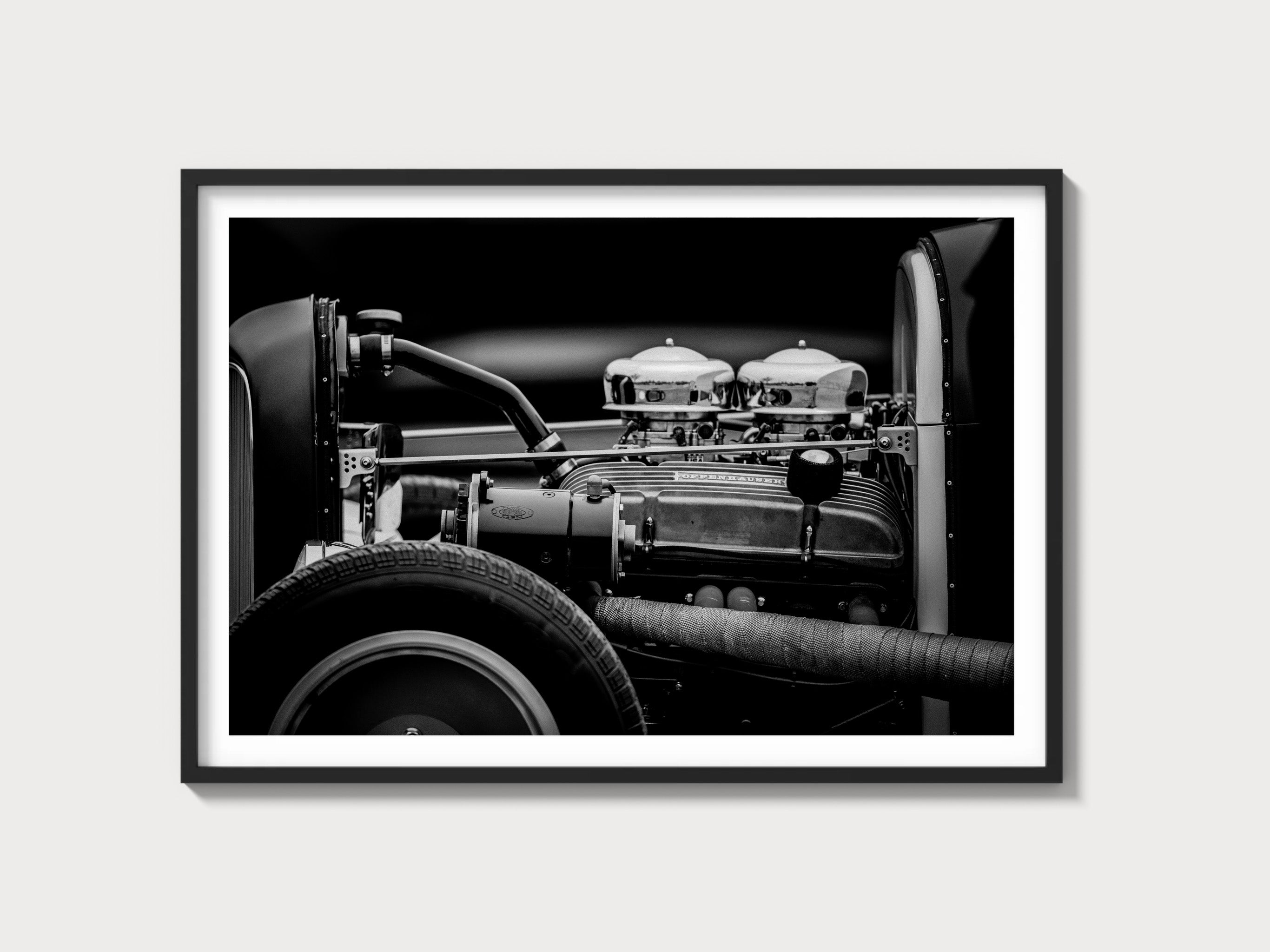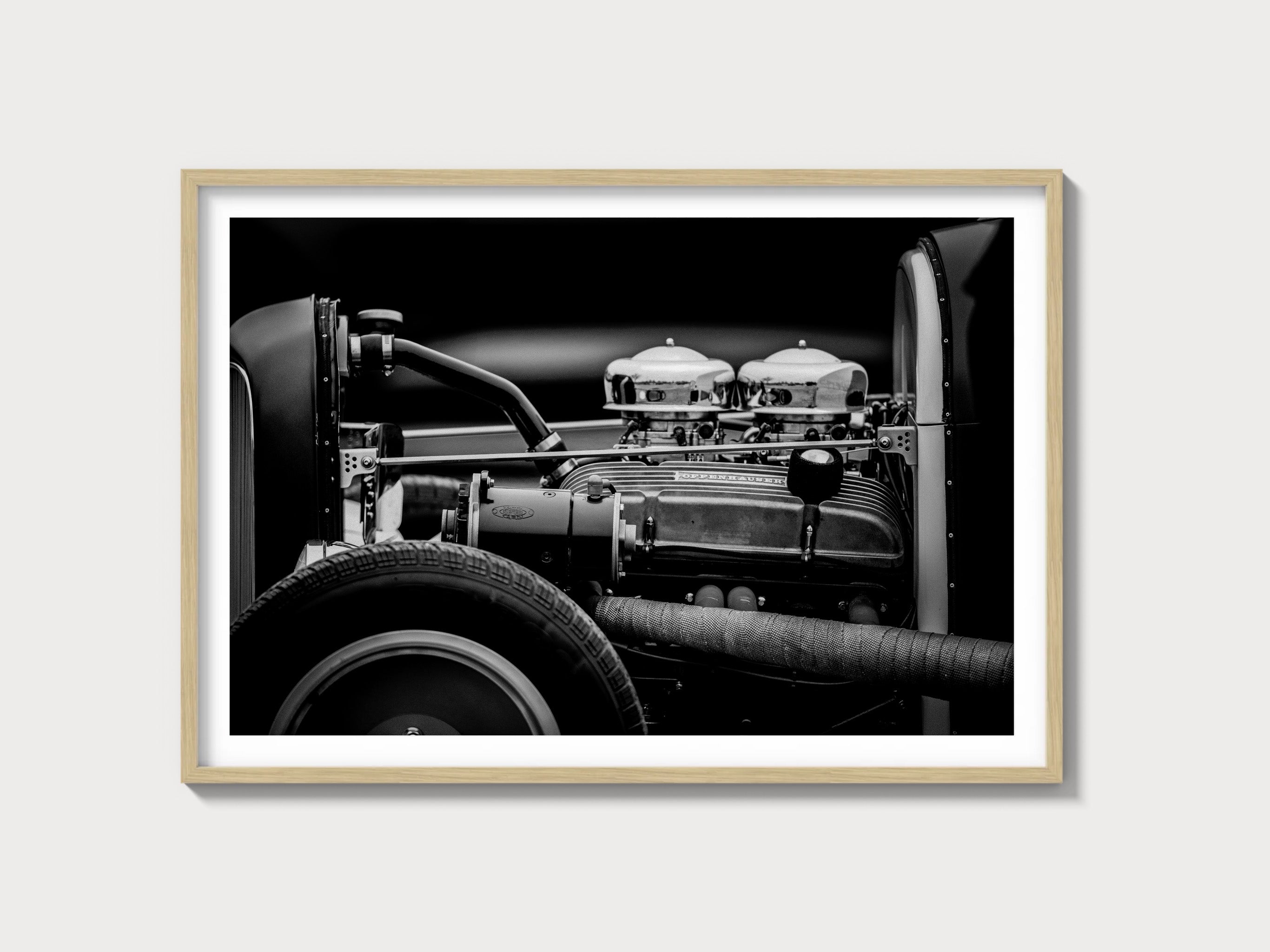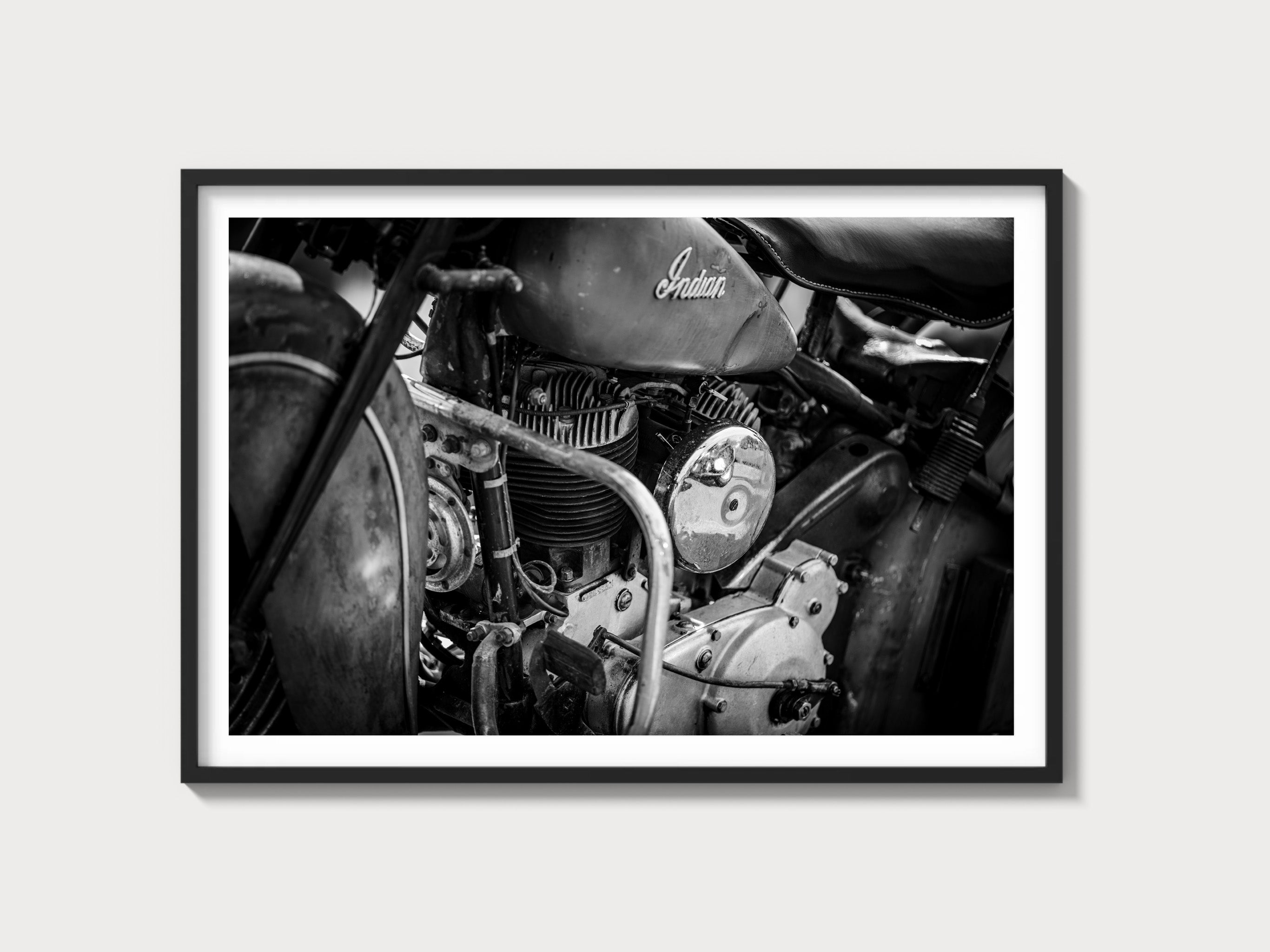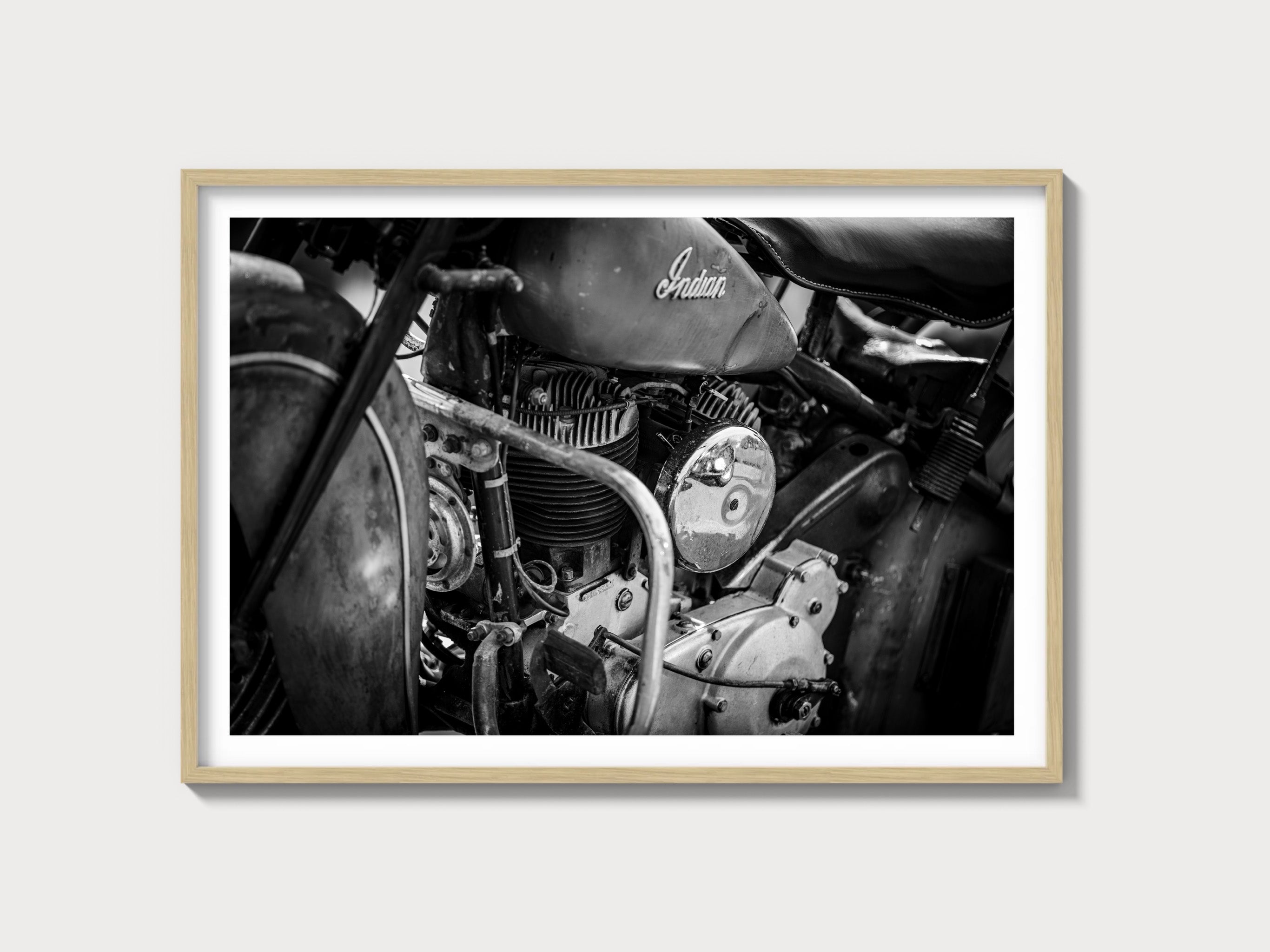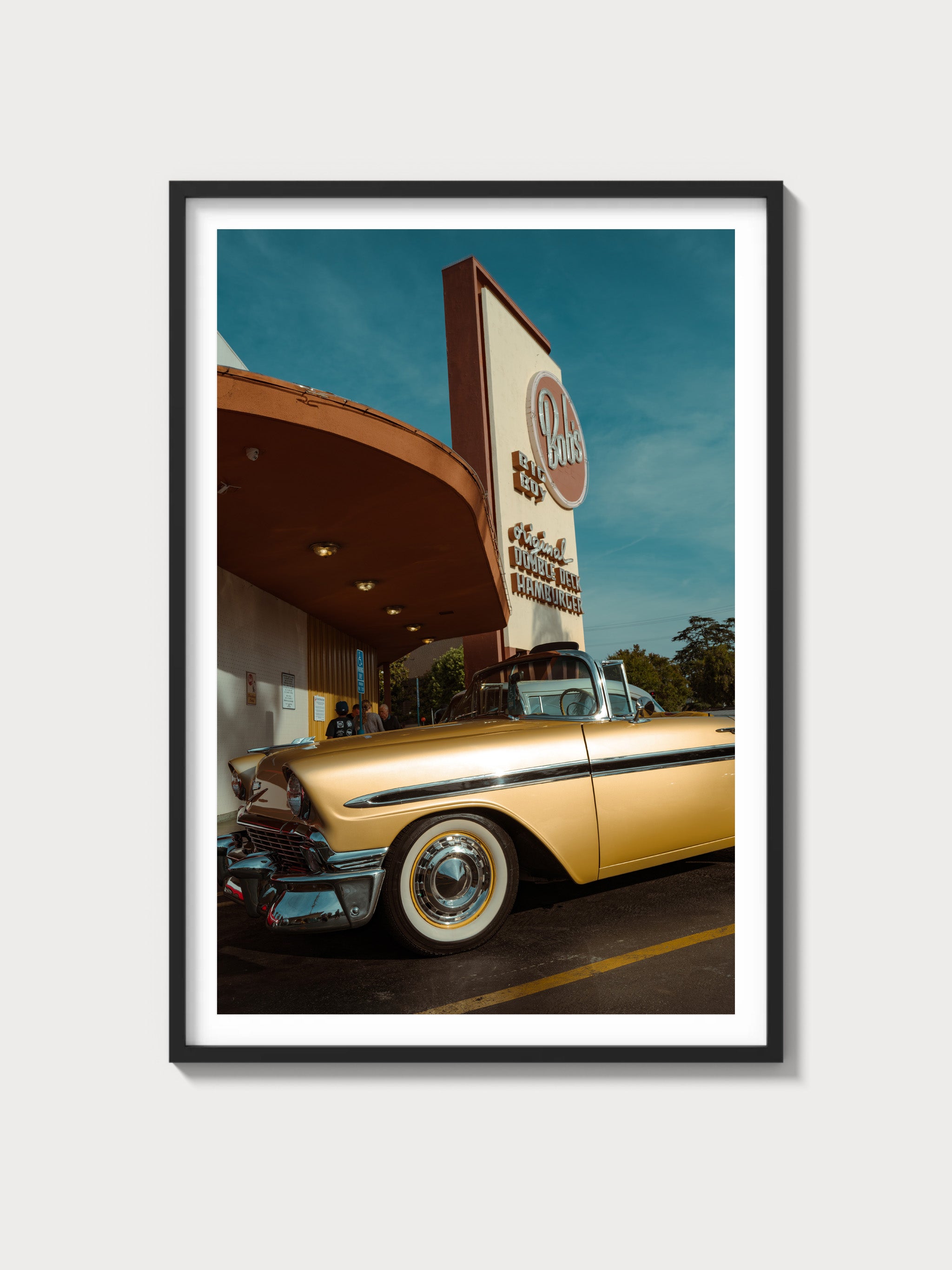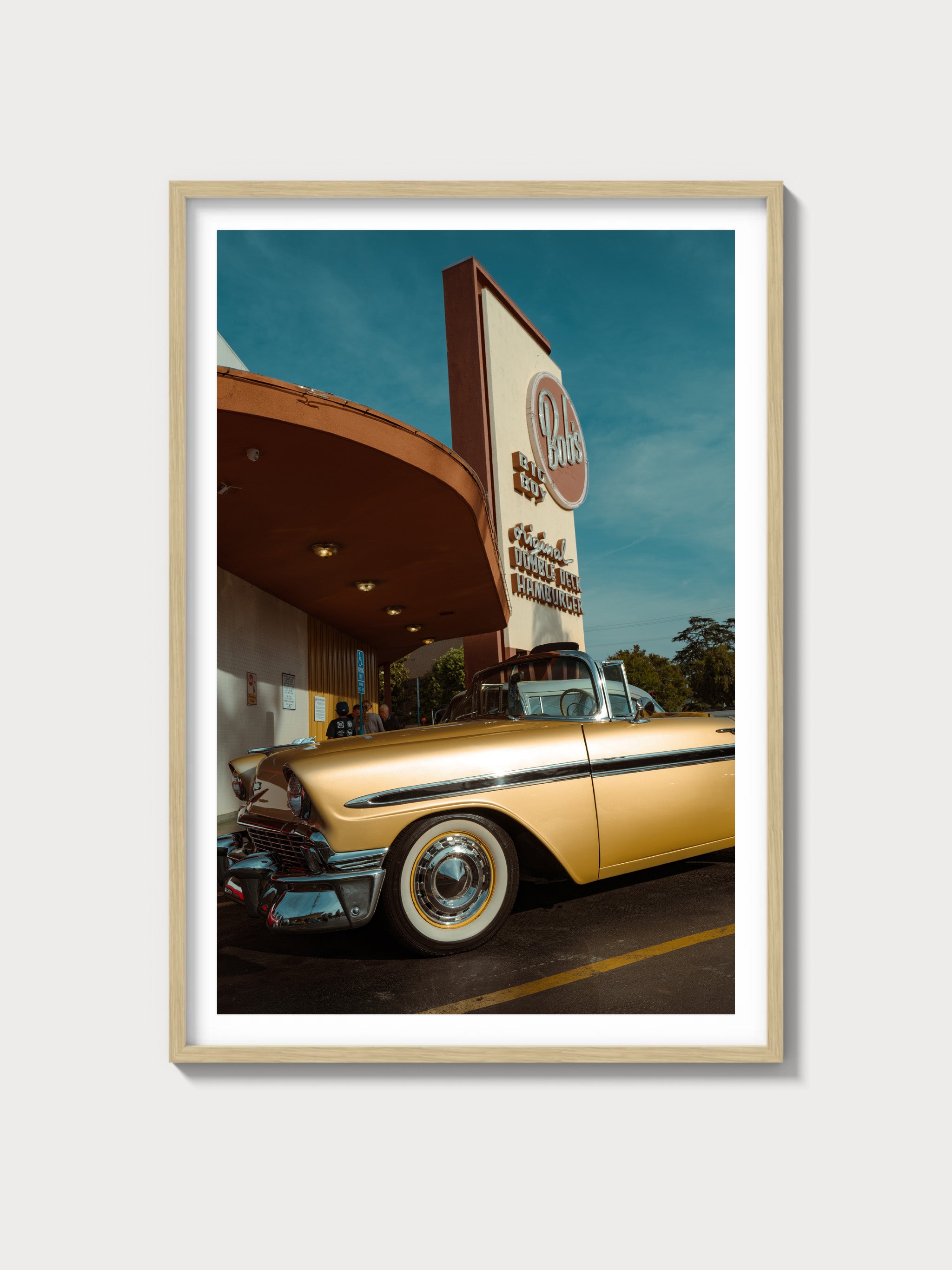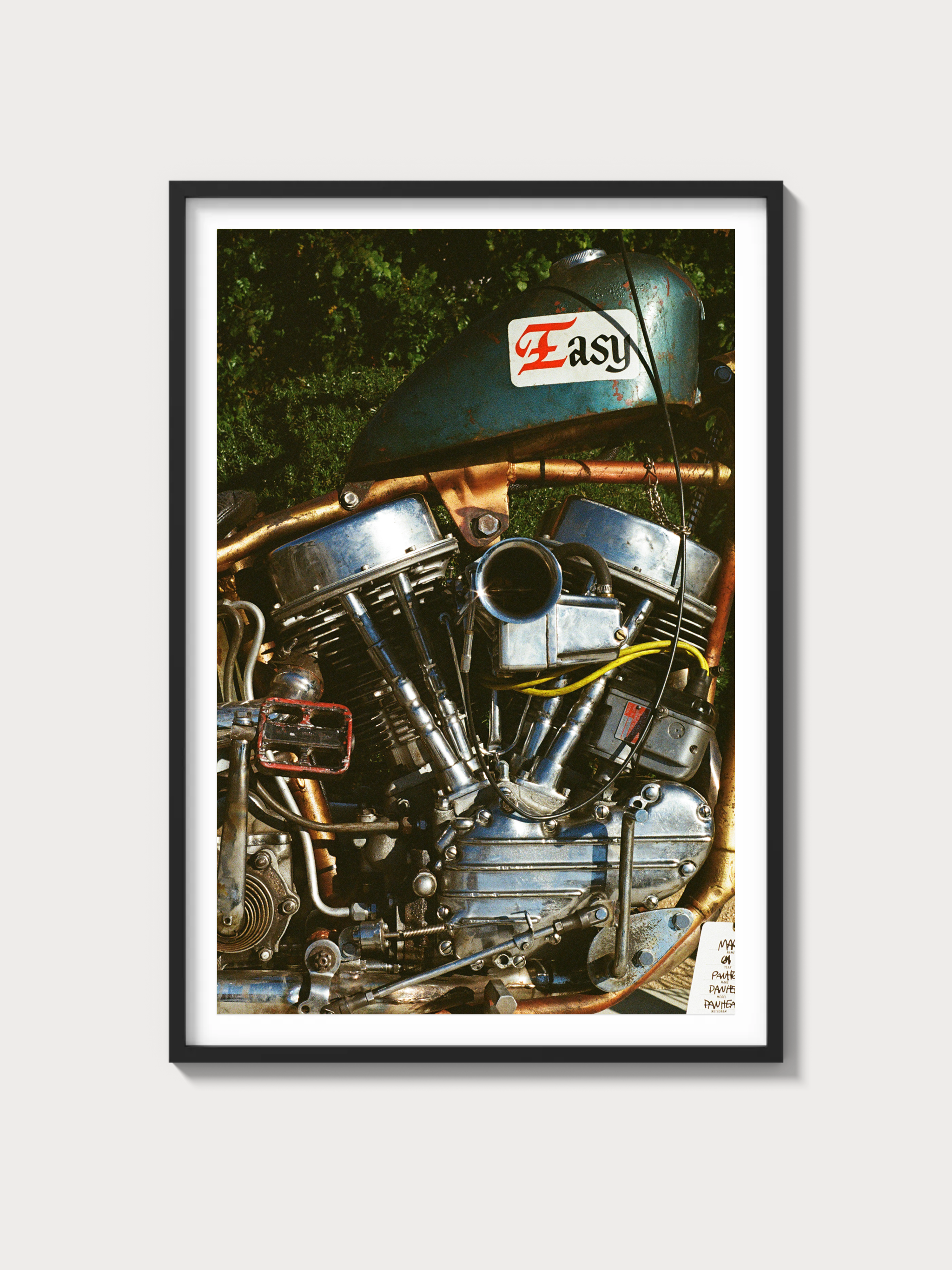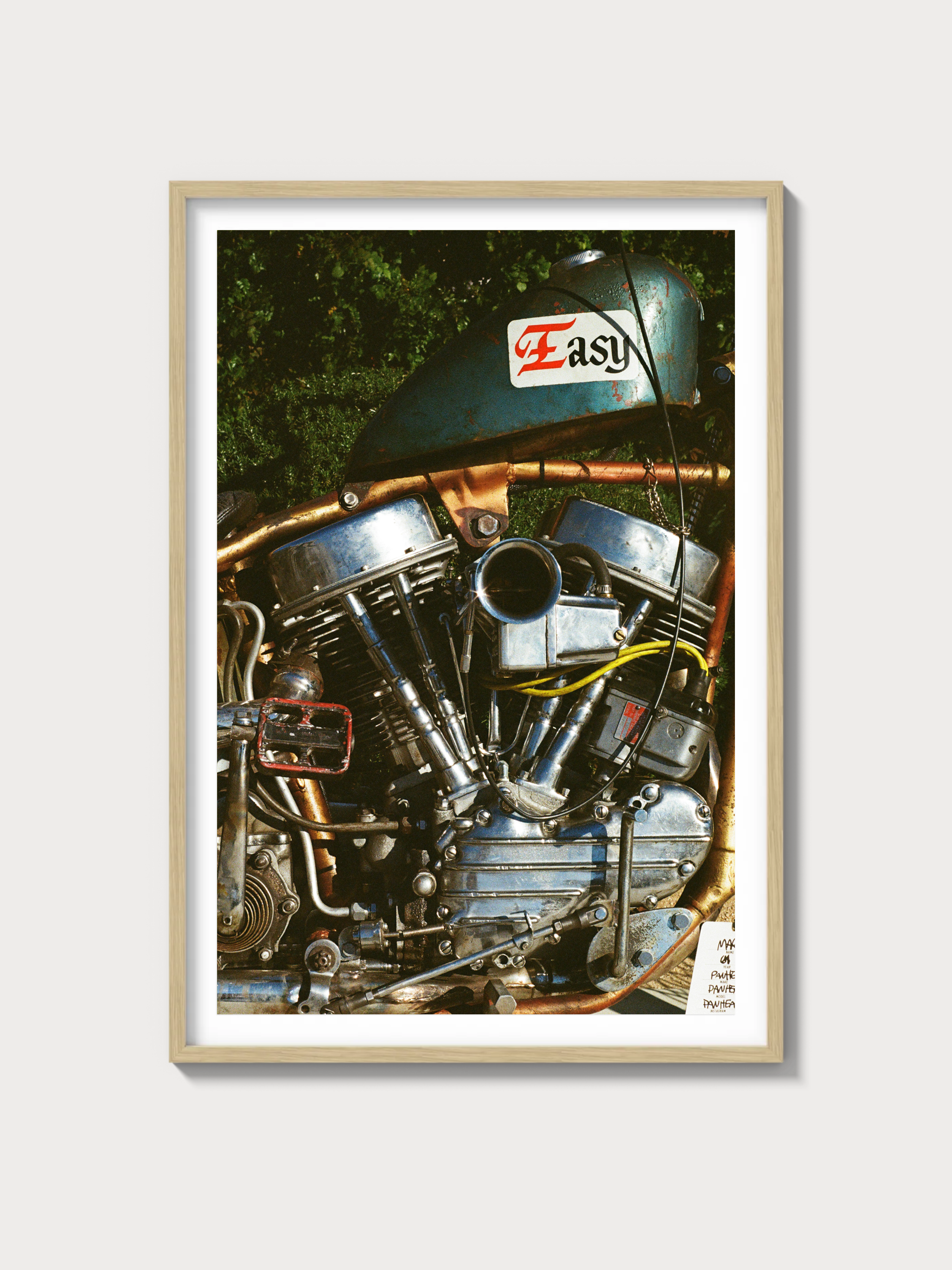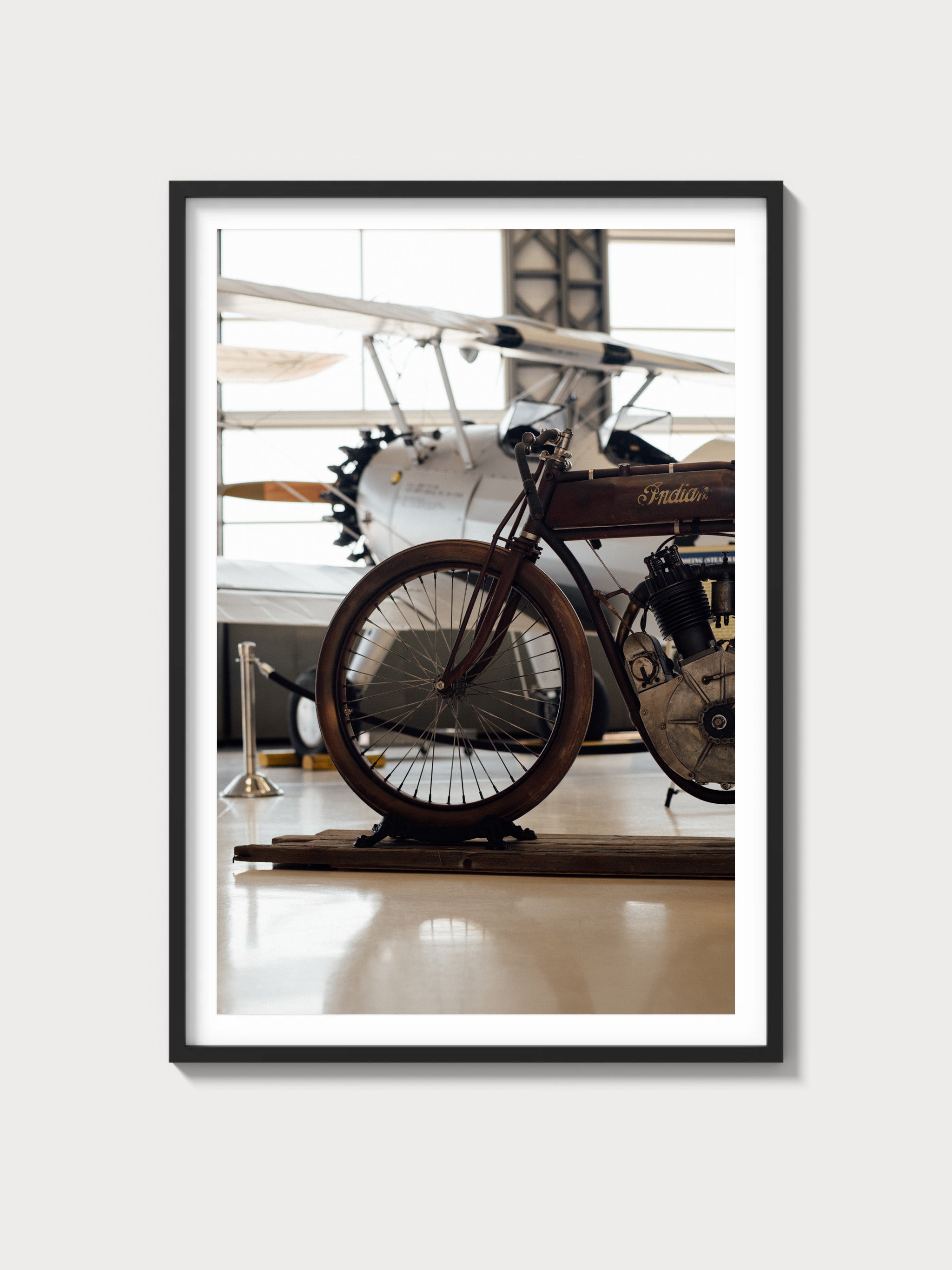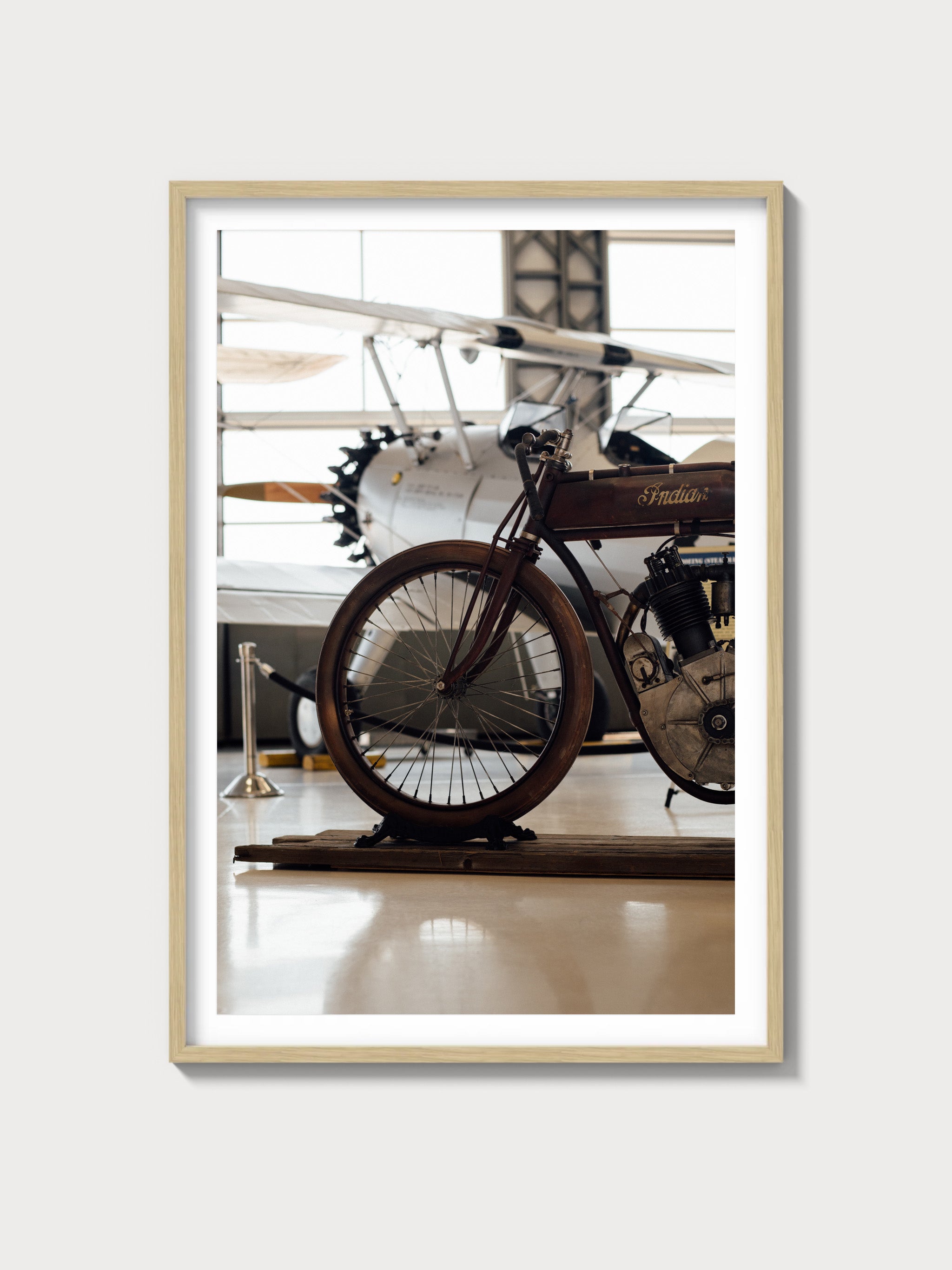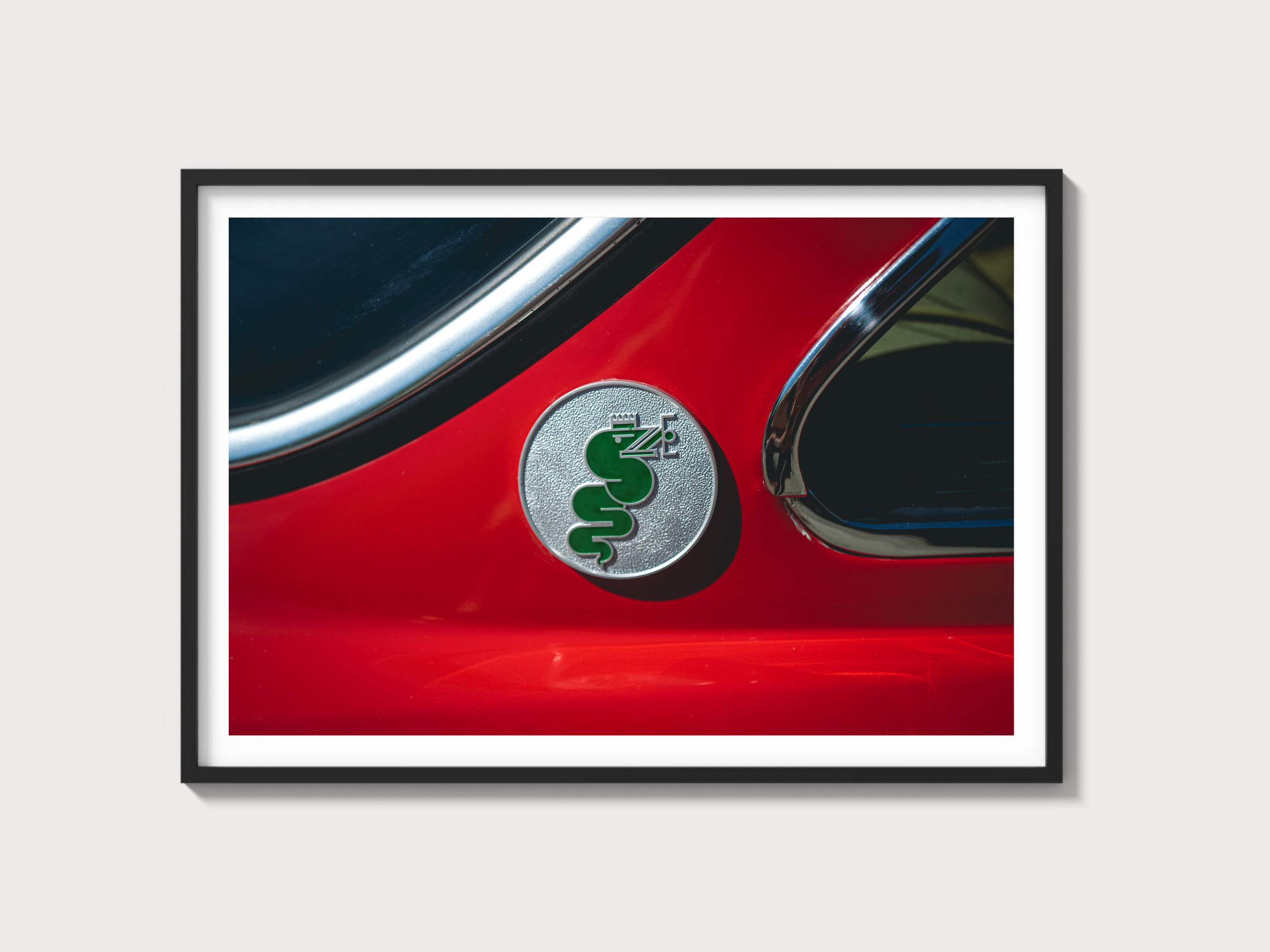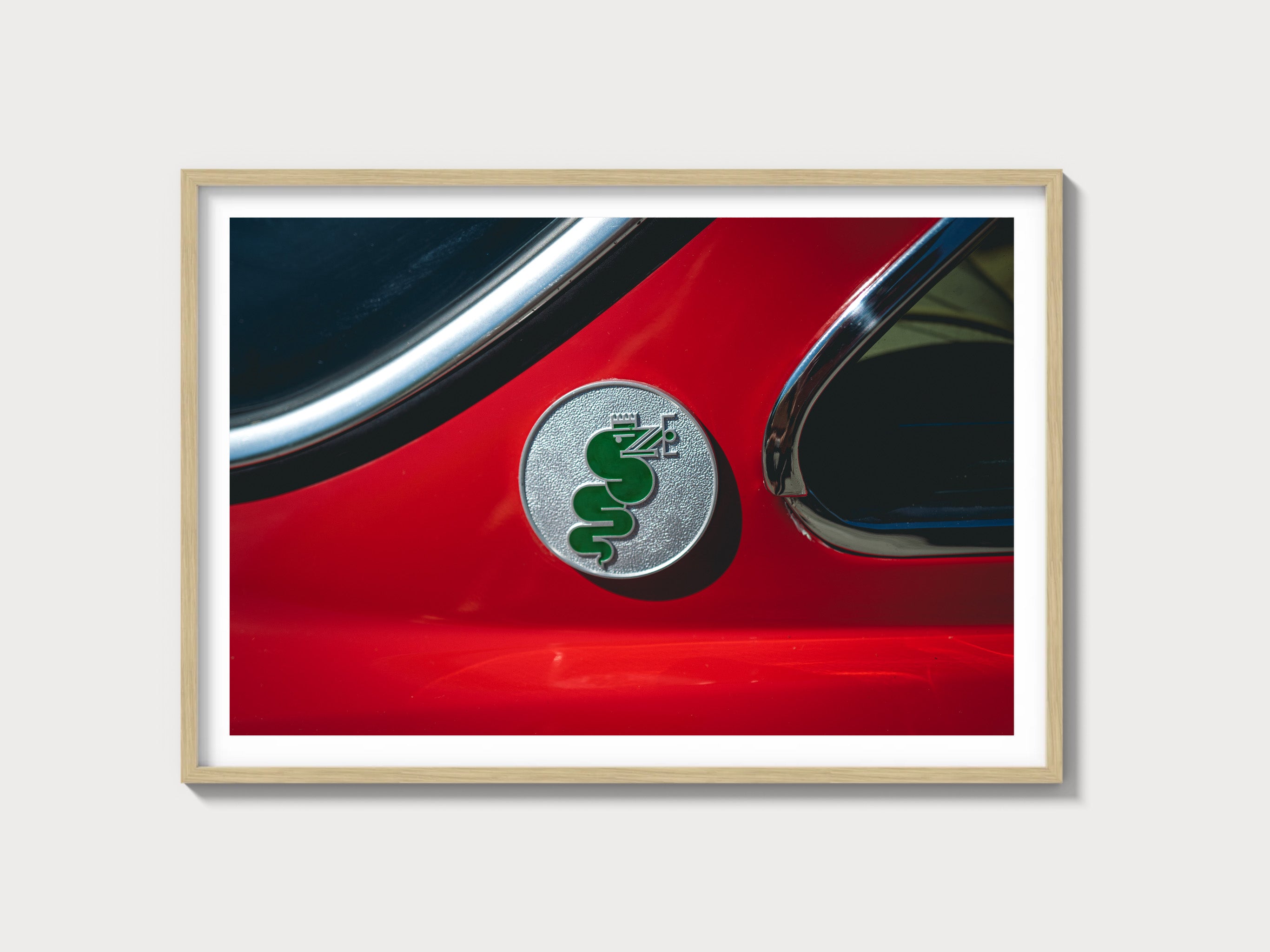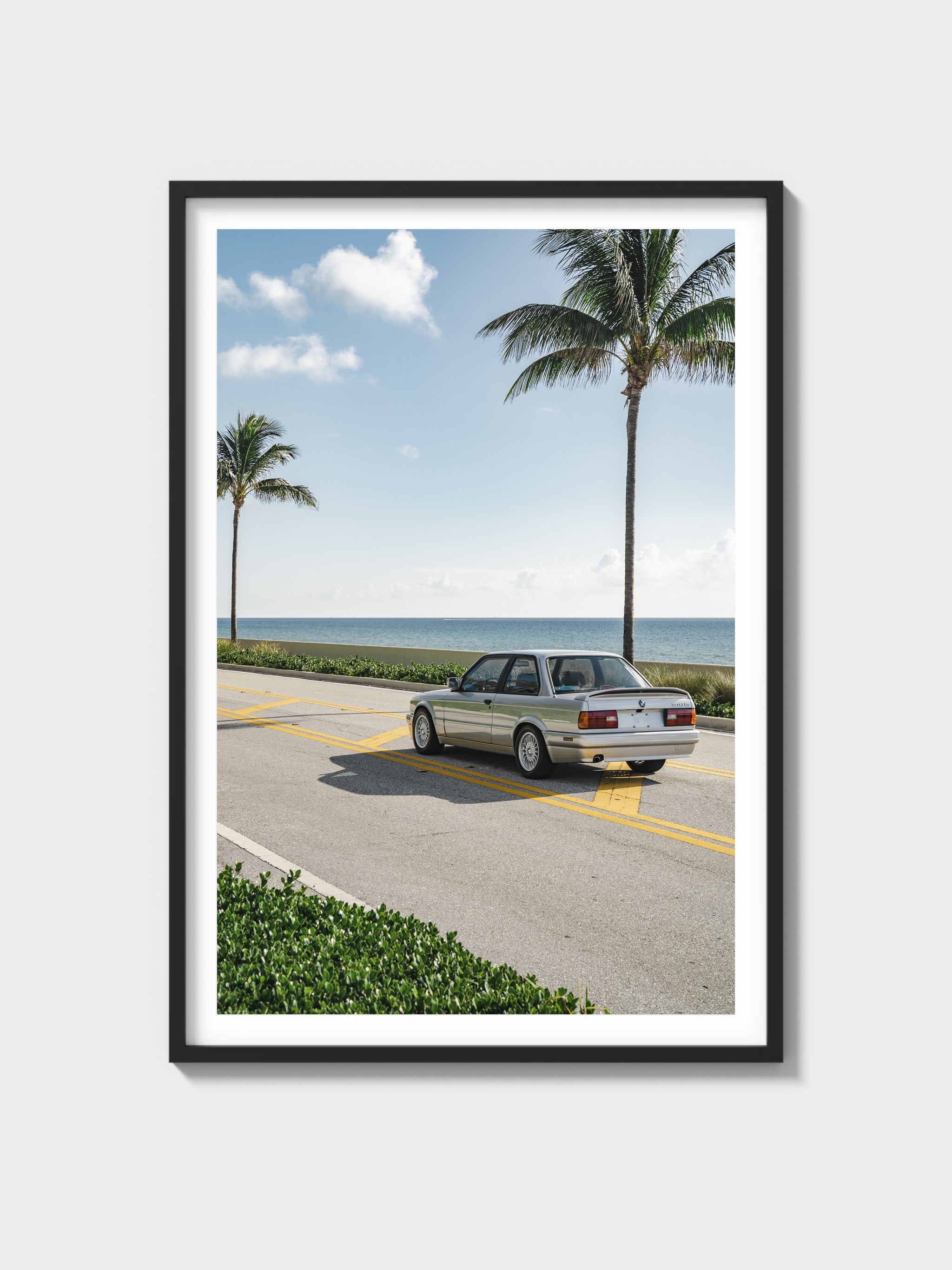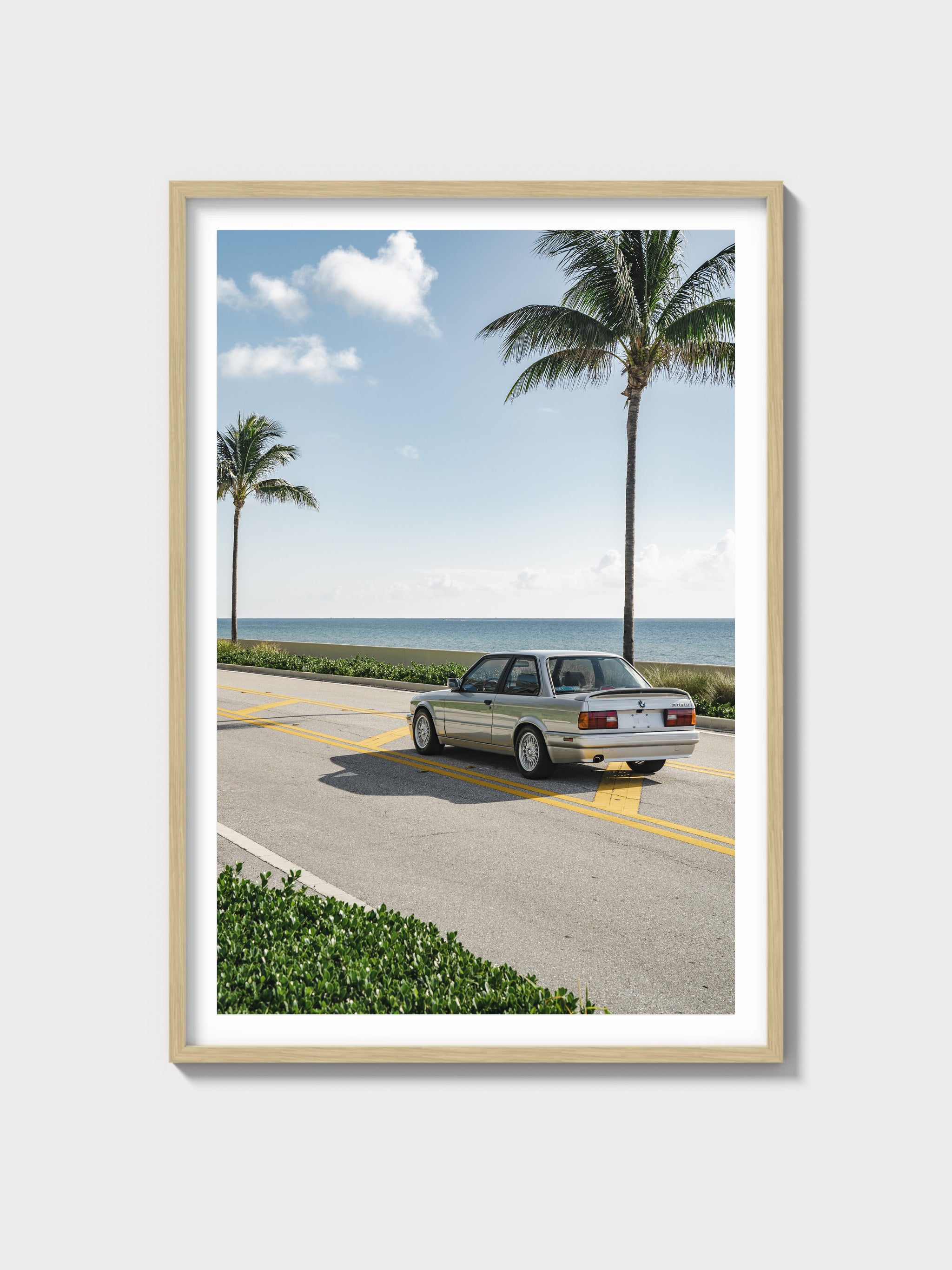1981–1990 Ford Escort Base: An Icon of Practicality
Historical Context and Development
The Ford Escort Base, launched in 1981 as part of Ford's first-generation Escort lineup, marked a significant departure from its predecessors. Rooted in Ford's global strategy, the Escort was designed to appeal across markets, blending European styling with American sensibilities. Developed amid the oil crises of the late 1970s, it prioritized fuel efficiency and practicality. Competitors included the likes of the Volkswagen Golf and the Honda Civic, both of which set high benchmarks in the compact car segment.
Engine and Technical Specifications
| Specification | Detail |
|---|---|
| Engine Configuration | Inline-four |
| Displacement | 1.6L |
| Horsepower | 70 hp |
| Induction Type | Naturally Aspirated |
| Redline | 6,000 RPM |
| Fuel System | Carbureted |
| Compression Ratio | 8.0:1 |
| Bore x Stroke | 80 mm x 79.5 mm |
Driving Experience and Handling Dynamics
The Escort Base provided a straightforward driving experience, characterized by its light steering and nimble handling. The suspension, comprising MacPherson struts up front and a simple beam axle at the rear, offered a comfortable yet controlled ride. The four-speed manual gearbox, standard on the Base model, was praised for its precise feel, although the engine's output was modest at best, emphasizing efficiency over performance.
Full Performance Specifications
| Performance Metric | Value |
|---|---|
| 0-60 mph | 13.5 seconds |
| Top Speed | 95 mph |
| Quarter Mile | 19.0 seconds |
| Weight | 2300 lbs |
| Layout | Front-engine, front-wheel-drive |
| Brakes | Disc/Drum |
| Suspension | MacPherson strut/Beam axle |
| Gearbox Type | 4-speed manual |
Variant Breakdown
- Escort L: Basic trim with minimal features.
- Escort GL: Added comfort features like improved upholstery.
- Escort LX: Offered enhanced trim options and a possible automatic transmission.
- Production Numbers: Exact figures vary but the Base model was among the most produced due to its affordability.
Ownership Notes
Maintenance of the Escort Base involves routine care typical of 1980s vehicles: carburetor adjustments, simple mechanical repairs, and regular oil changes. Parts availability remains reasonable due to the Escort's popularity, though some bodywork components may require sourcing from specialist suppliers. Restoration difficulty is moderate, with a focus on rust prevention and electrical system checks.
Cultural Relevance
The Ford Escort Base has appeared in numerous 1980s films and remains a nostalgic icon for many collectors. While not commanding high auction prices, its value lies in its role as a quintessential entry-level vehicle of its era. Enthusiasts appreciate its motorsport legacy, particularly in rallying, where more performance-oriented variants like the RS2000 excelled.
FAQs
Q: Is the 1981-1990 Ford Escort Base reliable?
A: Generally, yes. With regular maintenance, these cars can remain dependable despite their age.
Q: Are parts readily available for the Ford Escort Base?
A: While mechanical parts are generally accessible, body panels and trim may be harder to find.
Q: What are known issues with the Ford Escort Base?
A: Rust, especially in the wheel arches and undercarriage, and electrical gremlins are notable concerns.
Q: How has the value of the Ford Escort Base trended over time?
A: Values have remained stable, with slight increases as classic car interest grows, particularly for well-preserved examples.


